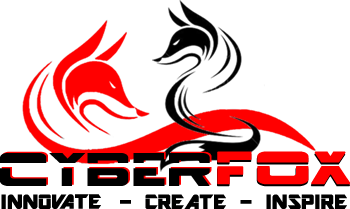MULTIMEDIA IN eLEARNING
What would any eLearning course be without multimedia elements? We ensure that we create stunning multimedia elements that enhance your courseware so that you don’t doze off. We achieve this by making use of the five elements of multimedia. Let’s take a look at these components.
TEXT

The text element can be easily overlooked although it is the most fundamental and effective way to communicate in multimedia. Text is used in headlines, subtitles, body text and slogans. The purpose is to express specific information or reinforce the information that is found in other media. It involves the use of text types, sizes, colours and background colour.
An example is you can choose the font, it’s size and colour to set a tone or to project an image, or you can choose the mood you want to bring with the background colour. With text, you can make the intended message you want to convey through multimedia more understandable. It can be used as an alternative tag in the event that the digital image is not available in a visitor’s web browser. Other media or related information can be accessed by clicking on text links. Text options in multimedia are limitless!
GRAPHICS

Graphics are an important part of multimedia simply because humans are visually oriented. Examples of graphics include photographs, illustrations, drawings, clipart, icons, or any other non-text elements on a website or in social media. These pictures are still images therefore there is no movement. They typically accompany the text to illustrate the point or ideas the text makes.
Photos in multimedia applications go beyond just using them just for decorative purposes. In a multimedia context, graphics may be galleries or slide shows that a visitor to a website or social media can view. They may have clickable links that can redirect the viewer to other elements such as video or audio. Graphics appear in many multimedia applications providing communication through attractive visual effects.
AUDIO

Sound can enhance your eLearning, social media and website platforms. It is a multimedia application that uses sound effects, music, dialogue, and narration. These are called the audio or sound elements. When used properly, adding multimedia such as audio to your presentation can be an effective way to attract and focus the visitor’s attention.
Audio can further deliver information to visitors and help reinforce the visitor’s understanding of the information presented. An example is a narration that can be used to describe what is being seen in an animation clip which enhances understanding of what the clip is all about. Also featuring related sound effects and music are also very effective multimedia applications that can add to the visitor’s experience.
VIDEO

Video is a visual multimedia application that combines a sequence of images to create moving pictures and sound. Video can have an impact on eLearning, websites, and social media platforms in a very distinctive and influential way. You can let the world know that your company exists and what it offers, grab attention with “how-to” videos, showcase a new product, build greater brand awareness, or even promote an upcoming event. Whatever you think of, you can do it with video!
Video on websites, and especially on social media platforms, already has a positive presence and will only continue to gain popularity as the demand increases. Social media such as Facebook, Twitter, and LinkedIn already provide video integration features that allow marketers to share relevant videos. Shorter videos can be a great marketing advantage and an excellent way to differentiate yourself from competitors.
ANIMATION

Animated elements are common multimedia applications. Animation is a series of images stitched together to give the effect of movement. In multimedia, 2D and 3D digital animation are used. Movement instead of just viewing a still image is especially useful for illustrating concepts that do involve movement. Animation is used to add visual interest or bring attention to important information. It can present information in entertaining and interesting ways or illustrate how things work.
Animation can also include interactive elements which allows visitors to engage with the animation action by using their keyboard and mouse. The animation is a dynamic, media-rich content that stays within one container on a page which is a very powerful form of communication.
